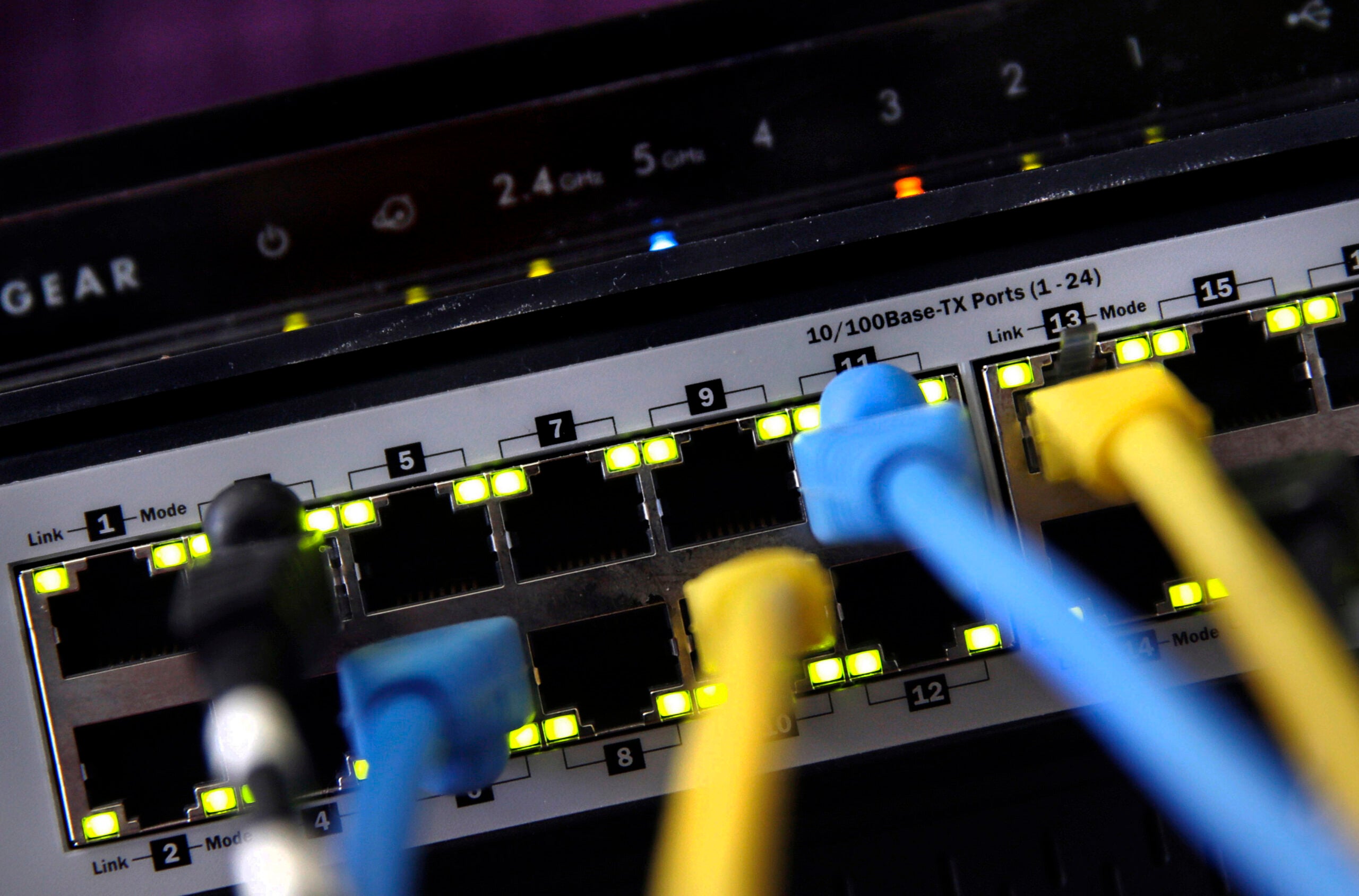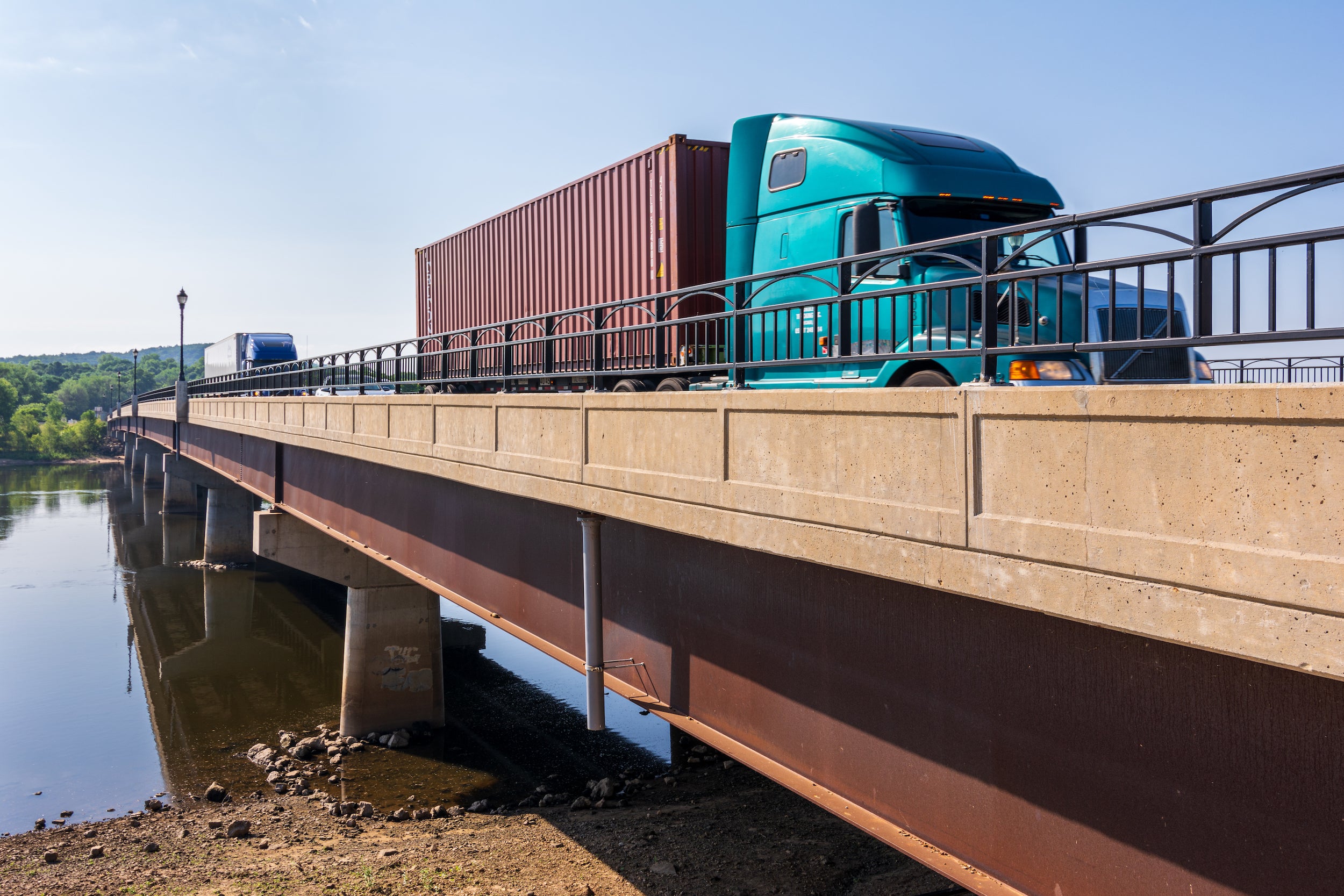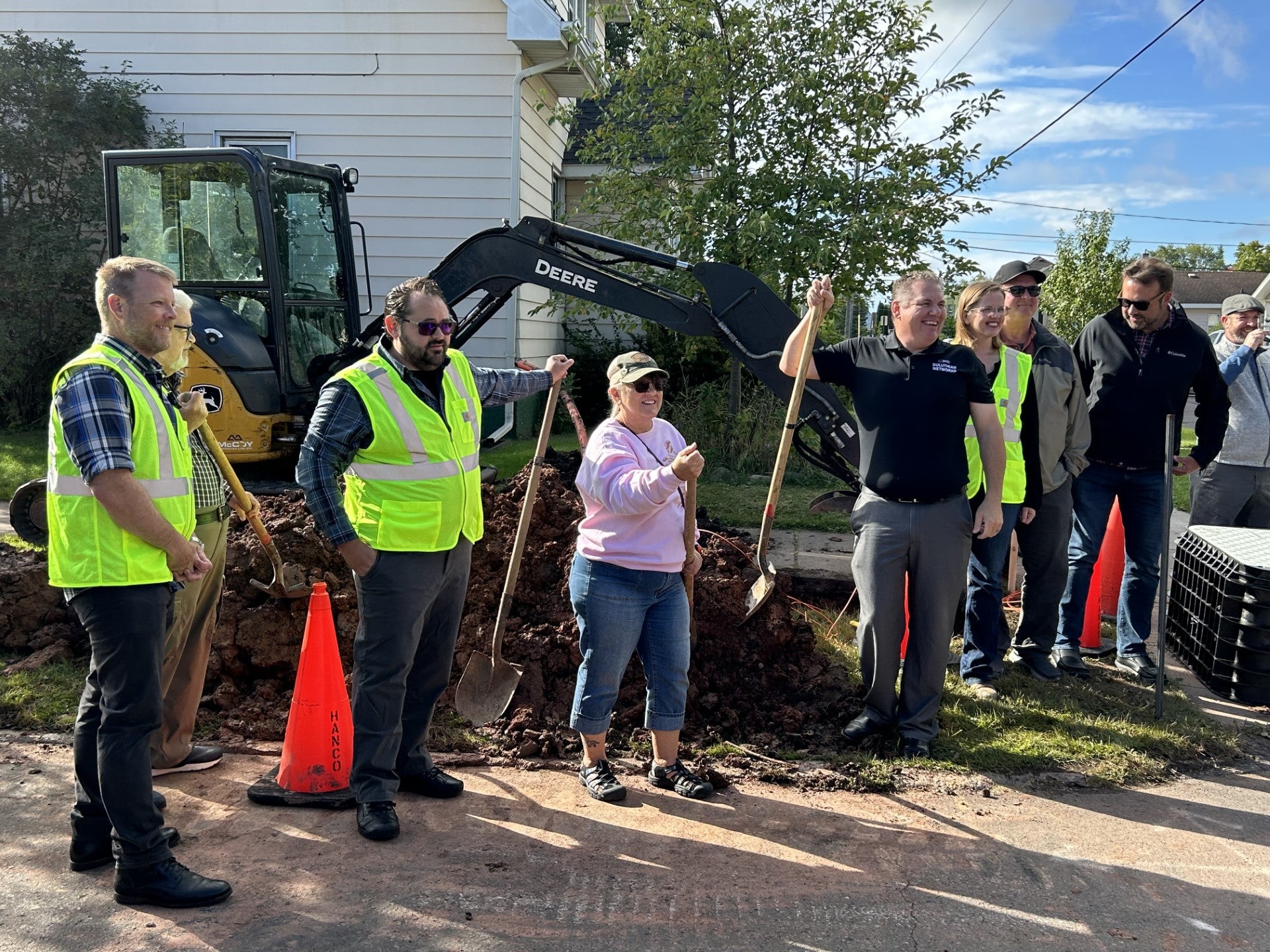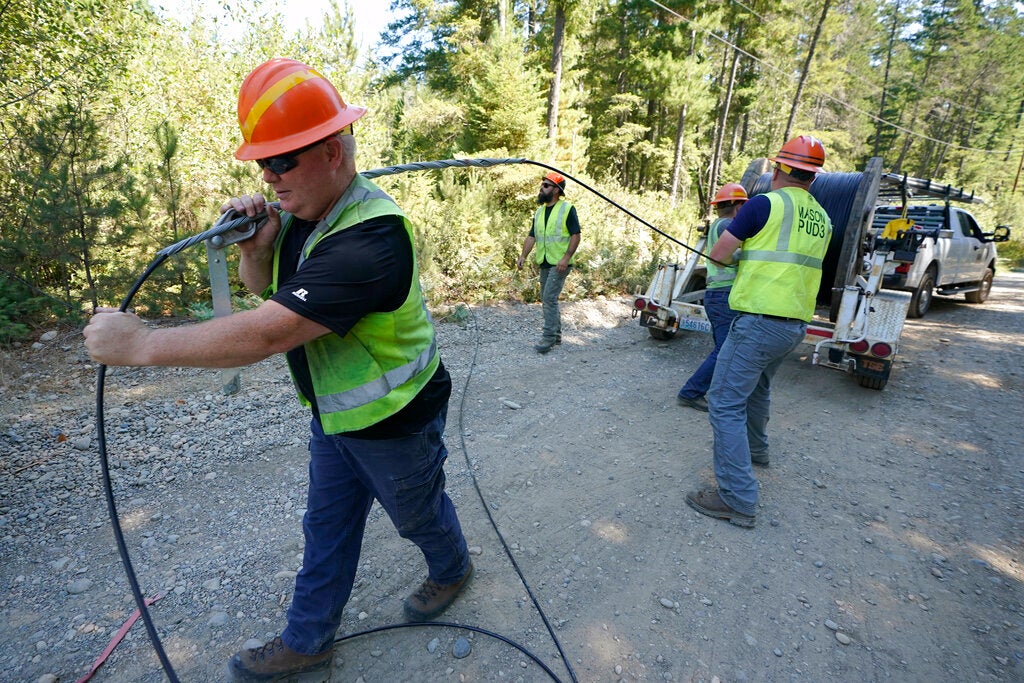A report this fall ranked Wisconsin among the worst states for broadband internet, but state regulators contend there’s discrepancies in the data.
BroadbandNow, a private company that researches broadband trends, released a report in late October that analyzed states based on broadband access, performance and affordability. The analysis relied on data from the Federal Communications Commission and internet service providers, as well as consumer speed tests.
The report found 78.3 percent of state residents had access to broadband or high-speed internet. Tyler Cooper, editor-in-chief of Broadband Now, said Wisconsin ranked 45th in the nation. However, he noted states often are separated by razor-thin margins in terms of rank.
“It’s easy to look at this and sort of have your first conclusion be, ‘Well, there’s a lot of work to do.’ There definitely is,” Cooper said. “But I think states are in a really unique position to take advantage of this once-in-a-generation funding opportunity to really move the needle.”
Cooper was referring to around $42 billion in funding available through the Broadband Equity, Access & Deployment, or BEAD, Program. In August, Wisconsin was among 18 states that received nearly $1.1 billion under the program established by the bipartisan infrastructure law.
Officials with the Wisconsin Broadband Office at the Public Service Commission said they use more local data with input from stakeholders to better define access, noting the analysis doesn’t include more than 100,000 locations. State data shows nearly 82 percent of locations have access to broadband. That still leaves more than 421,000 residences or businesses unserved or underserved.

Alyssa Kenney, state broadband and digital equity director, said the PSC has been deploying state and federal funding through the American Rescue Plan Act to get residents connected. Since 2019, Gov. Tony Evers has allocated more than $345 million in state and federal funds that has extended new or improved internet service for more than 410,000 homes and businesses, according to the commission.
However, she said some projects remain under construction. She noted the project’s size, funding source or weather can delay connection for two to three years.
“I’m really confident that we have a lot in the pipe already that’s going to close that gap, and we have this new federal program that’s really going to do even better to close the gap,” Kenney said.
Even with state and federal funding, Kenney said there’s risk that internet service providers may not build out networks to certain areas that are difficult to access. Cooper said fiber networks are often prioritized in urban communities.
“Areas that have a really high population density, because fiber does cost quite a bit to deploy, and you have to sort of dig up the roadways or put in line,” Cooper said.
As far as broadband speeds, Wisconsin had median download and upload speeds of 93.1 Megabits per second (Mbps) and 11.5 Mbps respectively, according to BroadbandNow. Cooper said the findings indicate technology constraints where more people are relying on legacy internet connections, such as copper telephone lines or cable rather than a fiber network.
However, the state’s data shows average download and upload speeds of 119/16 Mbps. That’s closer to new FCC broadband benchmarks released earlier this year. The thresholds increased from 25/3 Mbps to 100/20 Mbps – a fourfold increase.
As those benchmarks have changed, Kenney said many locations in the state have broadband that’s now insufficient for future needs.
“It makes some of those investments hard,” Kenney said. “We do have a lot of folks in the state and a lot of locations that have kind of just adequate (coverage) and not broadband that’s going to carry them into the next generation if there’s not additional investments made.”
Evers proposed $750 million to expand broadband under the 2023-2025 budget, but Republican lawmakers on the Legislature’s budget-writing committee stripped that money due to incoming federal funding.
As for affordability, the analysis found nearly 70 percent of the state’s population can access a broadband plan that costs $60 a month or less. The state average for the minimum monthly cost is almost $65 for broadband internet, according to the PSC. In rural areas, the lowest cost plan is on average 15 percent higher than urban areas.
Kenney said the nearly $1.1 billion in federal funding will help connect around 207,000 eligible homes or businesses that either unserved or underserved.
“This billion dollars indeed, is a tremendous investment, but it will take many, many years to deploy and build it all out to get all that broadband, particularly to people in the furthest and most underserved, or most under-connected communities and locations,” Kenney said.
Eligible applicants will be invited to compete for the state’s roughly $1.1 billion early next year. The goal is to reach almost every underserved or unserved area by 2030.
Stay informed on the latest news
Sign up for WPR’s email newsletter.
Wisconsin Public Radio, © Copyright 2025, Board of Regents of the University of Wisconsin System and Wisconsin Educational Communications Board.



